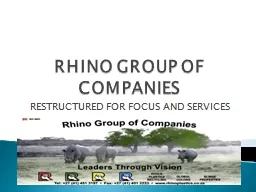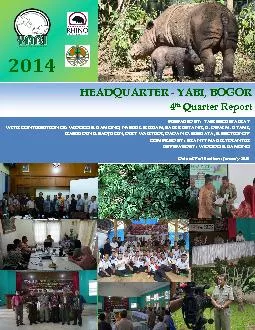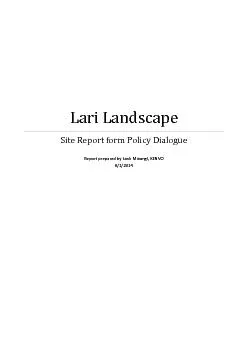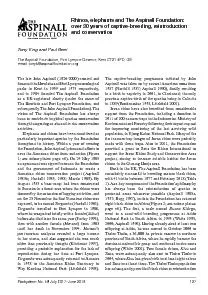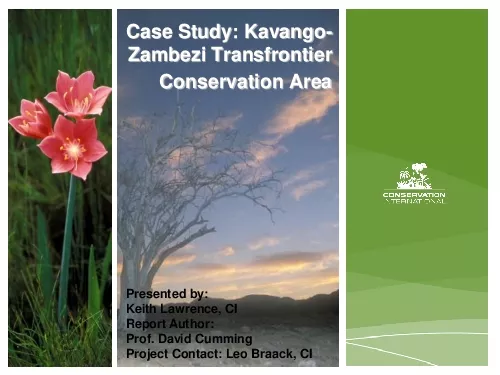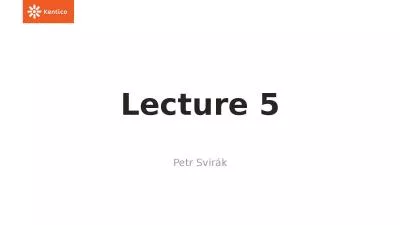PPT-Rhino Redux Rhino Conservation as a Landscape Management Tool in
Author : eartala | Published Date : 2020-07-03
Laikipia Actors and Areas Conservancy Area Acres Black Rhino White Rhino Total Solio 17000 40 215 255 Ol Pejeta 100000 114 26 143 Ol Jogi 58000 53 23 76 Borana
Presentation Embed Code
Download Presentation
Download Presentation The PPT/PDF document "Rhino Redux Rhino Conservation as a Land..." is the property of its rightful owner. Permission is granted to download and print the materials on this website for personal, non-commercial use only, and to display it on your personal computer provided you do not modify the materials and that you retain all copyright notices contained in the materials. By downloading content from our website, you accept the terms of this agreement.
Rhino Redux Rhino Conservation as a Landscape Management Tool in: Transcript
Download Rules Of Document
"Rhino Redux Rhino Conservation as a Landscape Management Tool in"The content belongs to its owner. You may download and print it for personal use, without modification, and keep all copyright notices. By downloading, you agree to these terms.
Related Documents




